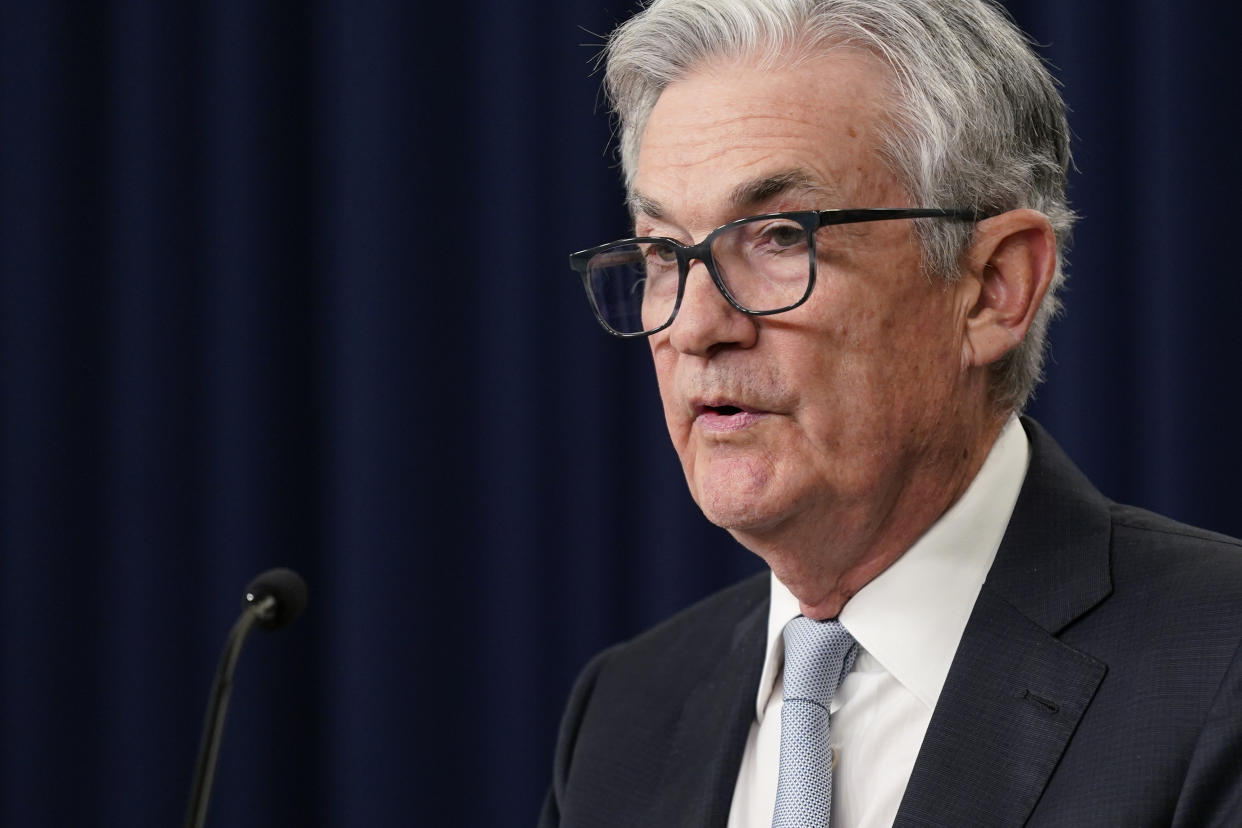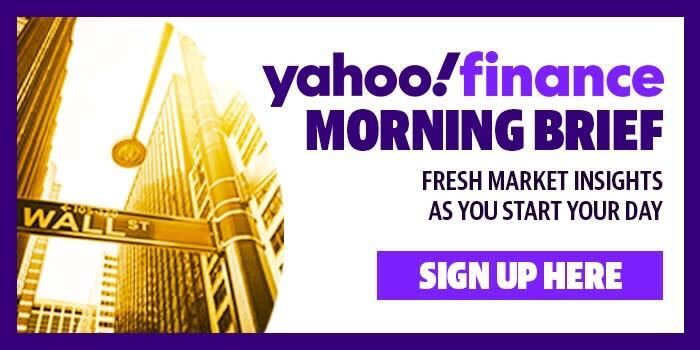The Fed's deadline for rate cuts this year is sooner than you think: Morning Brief
This is The Takeaway from today's Morning Brief, which you can sign up to receive in your inbox every morning along with:
The chart of the day
What we're watching
What we're reading
Economic data releases and earnings
Investors hoping for a handful of rate cuts this year haven't seen things go according to plan so far.
The new consensus, as neatly as the folks at CME Group can measure it, is that the first cut will come at the Fed's September meeting.
Last week furnished more evidence of a frustrating reality: Inflation is sticking around. The Consumer Price Index showed a surprise jump in prices in March, rising 3.5% year over year, sending shockwaves through the stock market.
Now that the dust has settled, investors have once again shifted their expectations. In addition to questions of "when" and "how many" cuts, the "if" question is now being asked as some analysts are saying we won't get any rate cuts at all.
But there's another wrinkle here.
We may be entering a reality in which the Fed has an unofficial deadline for any action: July. One reason for that is based on data. The other is all vibes.
On the data-based front, simply put, many of last year's coolest CPI readings came in the second half of the year. Those data points are currently helping hold down year-over-year inflation — for instance, October's completely flat growth. And though inflation's path is uncertain, three months of hotter-than-expected inflation isn't exactly a welcome trend. Right now, analysts at Deutsche Bank expect 0.3% month-over-month CPI growth in April and May.
The second issue is much thornier but related: As you may have heard, there's a presidential election this November.
It's not unprecedented for the Fed to make rate moves in election years — even in the final meeting before Election Day. In September 2004, for instance, the Alan Greenspan-led central bank raised rates by 0.25% as part of a hiking campaign after the economy had recovered from the dot-com bubble recession. In October 2008 — in one emergency meeting and one scheduled — the Ben Bernanke-led Fed cut rates, perhaps for obvious reasons.
The Fed's mission hasn't changed over the past 15 to 20 years. American politics have.
Key figures of both political parties are trying to nudge the Fed in different directions. One side is certainly louder than the other.
But a Jerome Powell-chaired Fed is not about to go out of its way to give even a hint of an appearance that it is putting its foot on the scale for either of the candidates.

Our colleagues Ben Werschkul and Jennifer Schonberger have done a great job of highlighting the unique challenges Powell faces. He is navigating a reality in which the presumptive Republican presidential nominee, the man who originally appointed him to his post, now views him as a chief foe. Meanwhile, Democrats, who have largely come to view Powell as a steady hand at the wheel, are increasingly growing impatient.
Wall Street analysts have started to recalibrate their expectations too. Bank of America economists now expect one cut this year in December. They did, however, throw out an alternate scenario, positing that analysts "may be underestimating the desire of the core of the committee to start cutting." The result would be a cut in June — followed by a long hold.
"Many on the Fed, including Chair Powell, believe that policy rates are in restrictive territory. Indeed, most monetary policy rules would also suggest Fed policy is too tight," the BoFA economists wrote. "Therefore, the core of the committee may still see a path to an earlier cut in order to make policy slightly less restrictive."
That would meet the July deadline.
Read the latest financial and business news from Yahoo Finance

